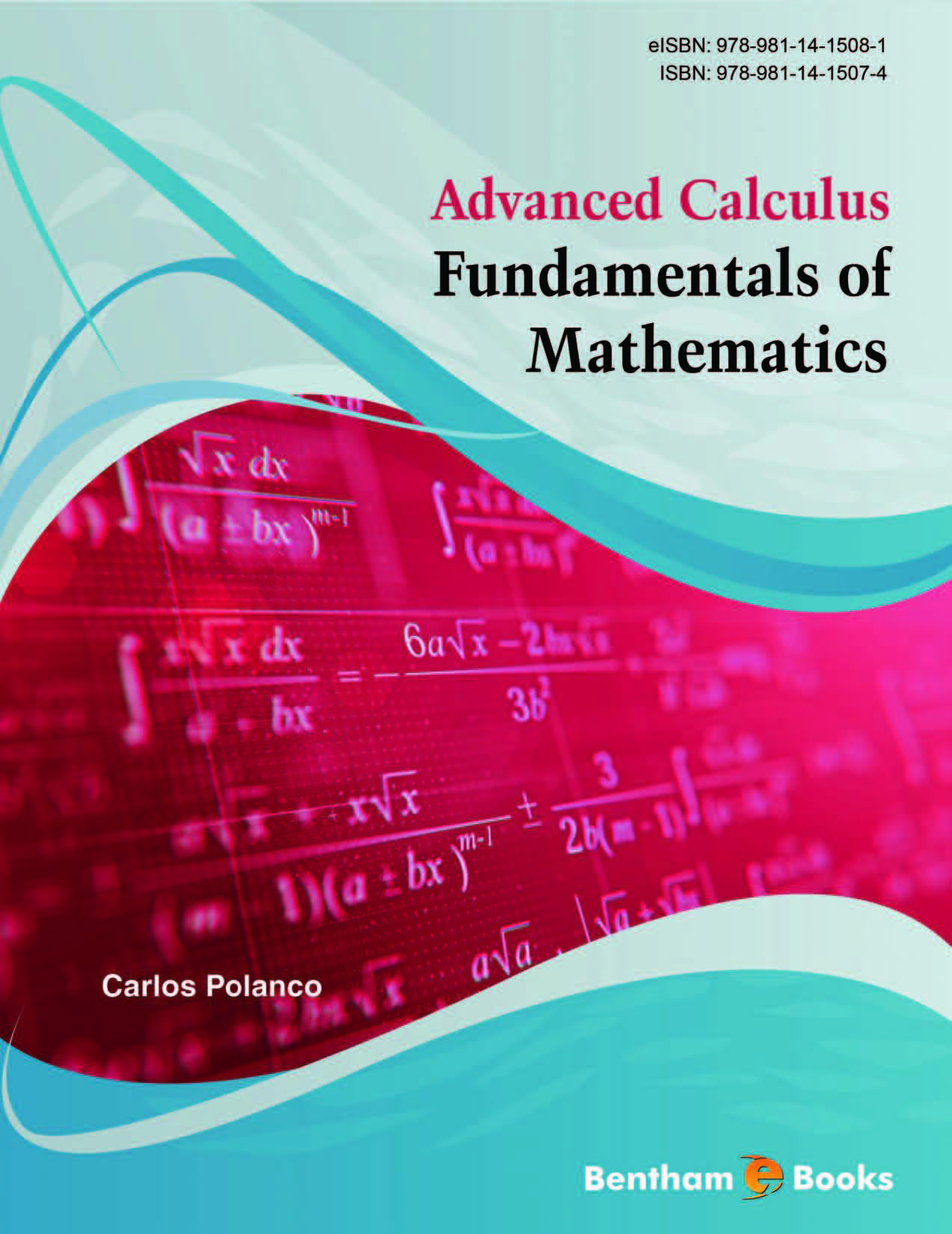Introduction
Vector calculus is an essential mathematical tool for performing mathematical analysis of physical and natural phenomena. It is employed in advanced applications in the field of engineering and computer simulations.
This textbook covers the fundamental requirements of vector calculus in curricula for college students in mathematics and engineering programs. Chapters start from the basics of vector algebra, real valued functions, different forms of integrals, geometric algebra and the various theorems relevant to vector calculus and differential forms.
Readers will find a concise and clear study of vector calculus, along with several examples, exercises, and a case study in each chapter. The solutions to the exercises are also included at the end of the book.
This is an ideal book for students with a basic background in mathematics who wish to learn about advanced calculus as part of their college curriculum and equip themselves with the knowledge to apply theoretical concepts in practical situations.

